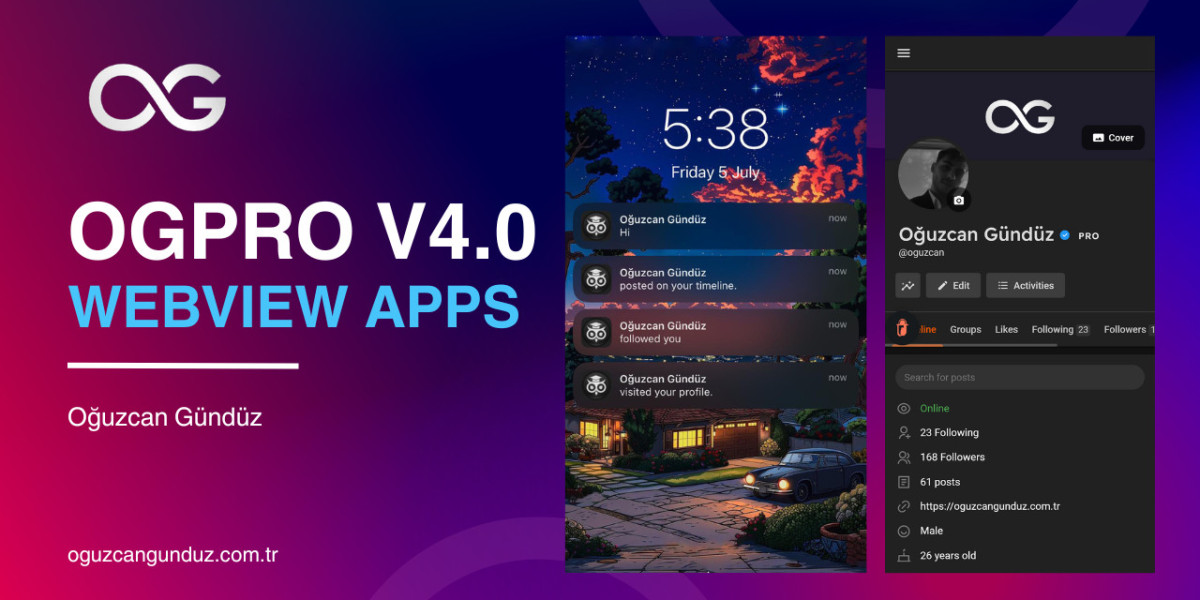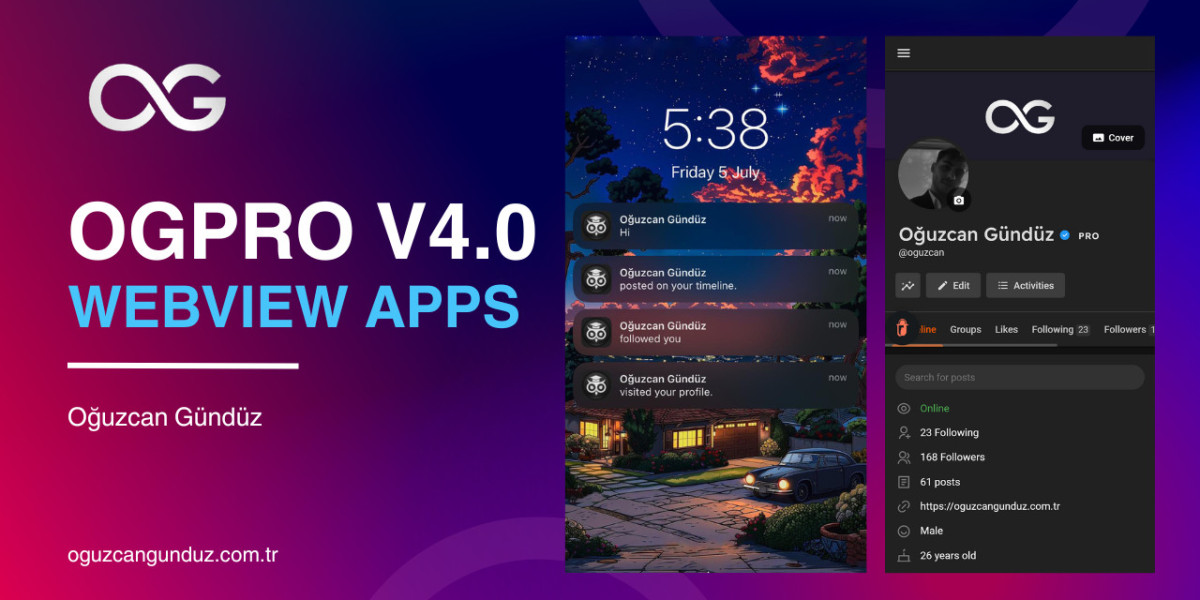Understanding WebRTC
Web Real-Time Communication (WebRTC) is an open-source project that enables real-time communication over the internet without the need for any plugins or additional software. Developed by Google, WebRTC allows users to make voice and video calls, share files, and even stream live content directly from their web browsers.
One of the key features of WebRTC is its ability to establish peer-to-peer connections between users, allowing for direct communication without the need for an intermediary server. This not only improves speed and efficiency but also enhances security and privacy.
WebRTC is supported by major web browsers such as Google Chrome, Mozilla Firefox, and Opera, making it accessible to a wide range of users. It can also be easily integrated into mobile applications, making it ideal for real-time communication on smartphones and tablets.
WebRTC has numerous applications across various industries, including telemedicine, online education, customer support, and social networking. Its low latency and high-quality audio and video capabilities make it a popular choice for businesses and developers looking to incorporate real-time communication into their applications.
In conclusion, WebRTC is a powerful technology that is revolutionizing the way we communicate online. Its ease of use, flexibility, and security features make it an attractive option for anyone looking to add real-time communication to their websites or applications.



